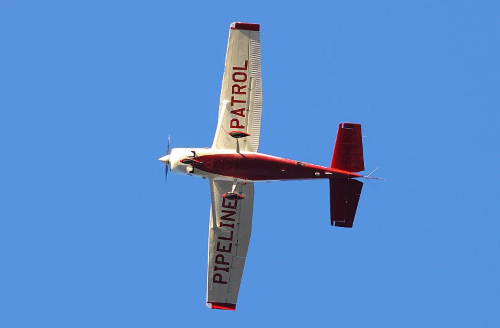


On scheduled airlines the workload is spread evenly throughout the year, while on charter airlines the summer months are busier than the winter months. Pilots are restricted to 900 flying hours per year.You'll need to be able to adjust to different time zones and may regularly stay overnight at your destinations. If you're a long-haul airline pilot you'll spend greater periods of time away from home, flying long distances.This results in a more stable work/life balance. If you work for a short-haul airline, you'll generally receive your shifts a month or two in advance.You'll often be on standby so you'll need to live near the airport where you're based to get there at relatively short notice.Start times will often differ depending on the route, sometimes beginning in the early morning and sometimes late at night. The length of a working day varies depending on the company and route, but can range from three to twelve hours. Working hoursĮxpect to work unusual hours as being a pilot is not a 9am to 5pm job. Income figures are intended as a guide only. Benefits usually include a pension scheme, various allowances and discounted travel. Starting salaries may be higher in other companies, but you'll be required to fund the additional training yourself.Ī pilot's salary is often incremental, rising with each year of service with the company. Some companies run apprenticeship schemes for fully-trained pilots looking for their first job, where salaries may be lower but further training will be paid for by the company. Those employed by major operators can earn £97,000 to more than £140,000. The starting salary for a captain with a medium-sized airline may range from £54,000 to £75,000.Salaries for more experienced pilots can range from £36,000 to £48,000 in a first officer role.Starting salaries in larger companies can reach £28,000. Starting salaries for newly qualified first officers, working for a small operation, may be around £24,000.Salaries depend on the airline, the type of aircraft you're flying and your experience.
#Low time pilot positions update

understand and interpret data from instruments and controls.ensure noise regulations are followed during take-off and landing.communicate with air traffic control before take-off and during flight and landing.carry out pre-flight checks on the navigation and operating systems.brief the cabin crew before the flight and maintain regular contact throughout the flight.make sure all safety systems are working properly.ensure the fuel levels balance safety with economy and supervise the loading and fuelling of the aircraft.use that information to create a flight plan, which details the altitude for the flight, route to be taken and amount of fuel required.make sure all information on the route, weather, passengers and aircraft is received.You have to pass stringent training courses, followed by recurrent training every six months, in order to maintain the relevant licence required for the job. You'll face heavy responsibility and personal commitment. The captain has overall responsibility for the safe and efficient operation of the aircraft and the safety of crew and passengers. In some instances, such as long-haul flights, there may be three or four pilots on board so that each can take the necessary breaks from flying. Pilots usually take turns to fly the plane to avoid fatigue, with one operating the controls, while the other speaks to air traffic control and completes the paperwork. The aircraft is typically operated by two pilots one will be the captain who is the pilot in command, while the other will be the supporting first officer.
#Low time pilot positions full
Pilot training is expensive and highly competitive, but the role of a pilot is a challenging and rewarding career, full of responsibility while travelling the worldĪs an airline pilot, you'll fly passengers or cargo on long or short-haul flights for leisure, business or commercial purposes.


 0 kommentar(er)
0 kommentar(er)
